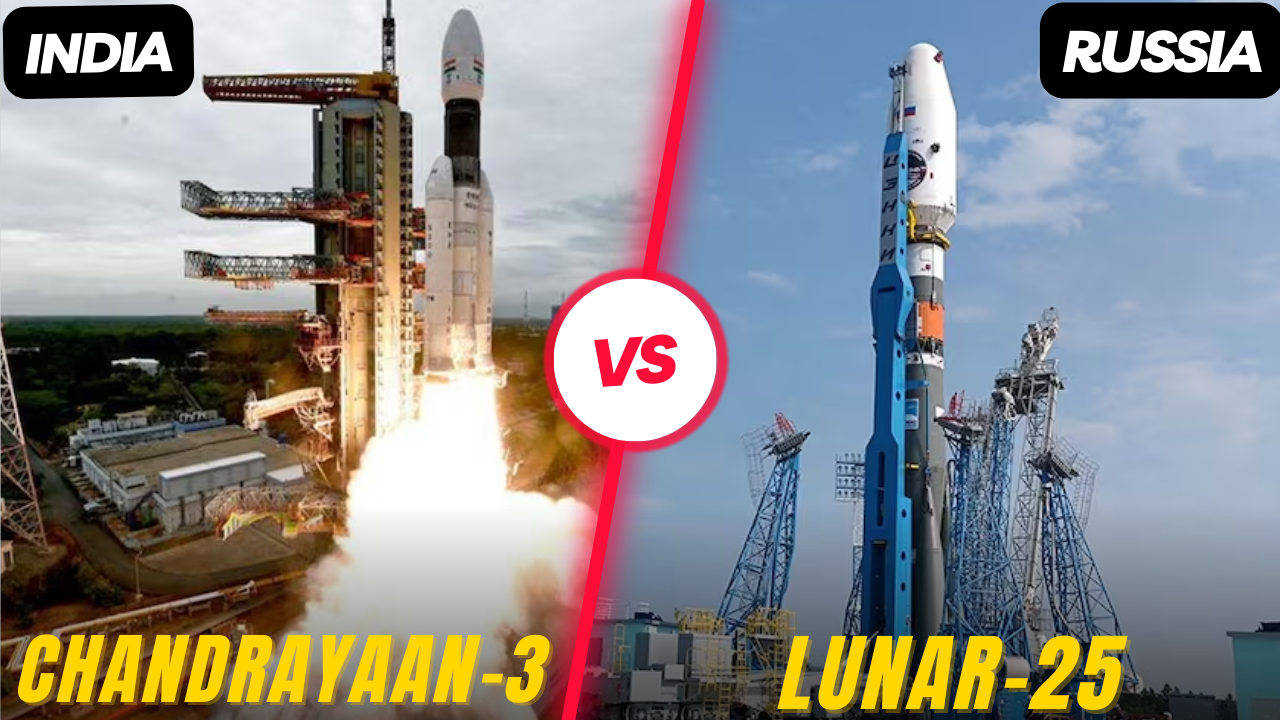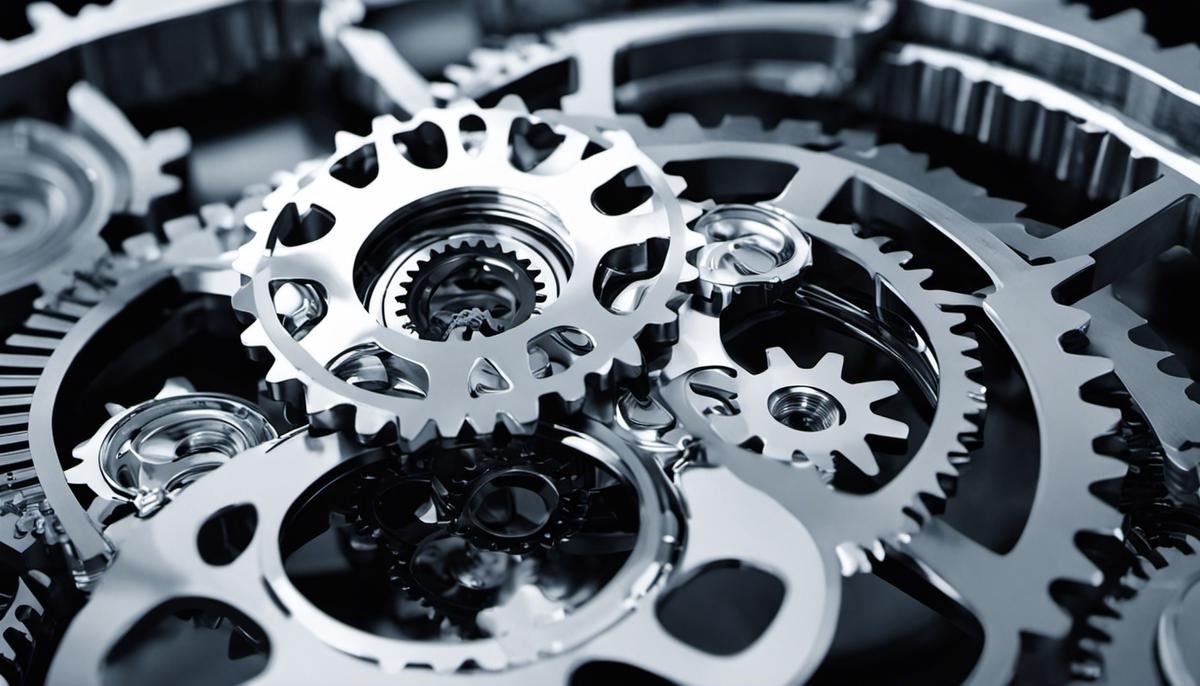| Feature | Chandrayaan-3 | Lunar-25 |
|---|---|---|
| Launch Date | Approximately a month ago | August 11, 2023 |
| Rocket | GSLV Mk III-M1 | Soyuz 2.1v |
| Space Agency | Indian Space Research Organisation (ISRO) | Roscosmos |
| Mission Objective | Soft landing on the lunar surface | Soft landing on the lunar south pole |
| Target Landing Date | August 23, 2023 | August 21, 2023 |
| Lunar Exploration Significance | South pole region holds potential water ice | Investigating potential water ice presence |
| Lunar Orbit | Achieved “translunar” orbit on August 5 | Will spend 5-7 days in lunar orbit |
| Final Descent | Initiating final descent to lunar surface | Selecting landing site near south pole |
| Craft Size | Compact design | Small car-sized spacecraft |
| Technological Prowess | Showcasing India’s space capabilities | Demonstrating Russia’s space prowess |
| Implications | Future lunar exploration, human presence | Expanding lunar knowledge and presence |
| Uncertain Outcome | Intricate manoeuvres, precise landing | Success depends on flawless execution |
| Space Enthusiasts’ Interest | Global anticipation for the nail-biting finish | Eagerly awaiting the outcome |
In a renewed era of lunar exploration, Russia’s Roscosmos and India’s ISRO are competing to demonstrate their technological prowess in a high-stakes race to reach the moon’s south pole. Russia’s Lunar-25, launched on August 11, 2023, aims to achieve a soft landing on the lunar south pole, uncovering the potential of frozen water in this region. India’s Chandrayaan-3, launched about a month ago, seeks a similar feat, with a target landing date of August 23, 2023.
Both missions hold immense significance, as scientific investigations suggest water ice might be present in the lunar south pole’s craters. This discovery could revolutionize lunar exploration and pave the way for sustained human presence on the moon.
Lunar-25, carried by a Soyuz 2.1v rocket, is set to spend 5-7 days in lunar orbit before meticulously selecting a landing site. Chandrayaan-3, utilizing a GSLV Mk III-M1 rocket, has been carefully navigating its trajectory, achieving a “translunar” orbit on August 5. It’s now performing orbit adjustments to finalize its descent.
These missions embody the broader push for renewed space exploration and potential lunar habitation. The outcome depends on precise execution and flawless maneuvers. As Luna-25’s earlier expected landing date of August 21 approaches, the race between Russia and India is intensifying, captivating space enthusiasts globally.
Amid this competition, ISRO congratulated Roscosmos on their successful launch, emphasizing the collaborative nature of space exploration. The results of these missions will shape the evolving narrative of lunar exploration and contribute to our understanding of the cosmos. The final moments of both Chandrayaan-3 and Lunar-25 missions are bound to keep the world’s space enthusiasts on the edge of their seats.




















